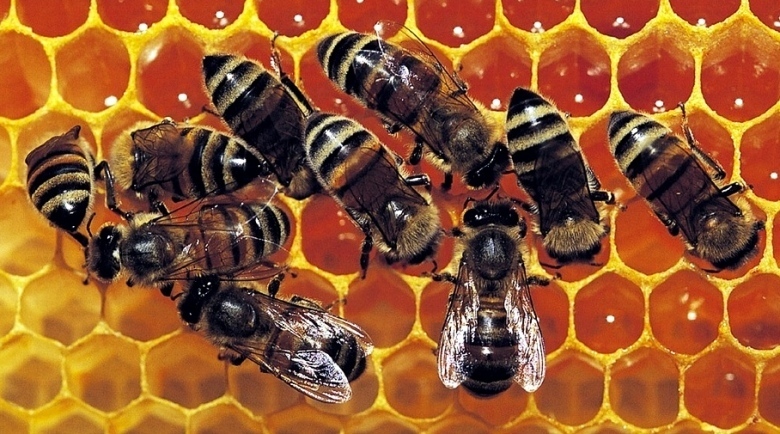
Bees control their flight using the speed of motion of the visual world around them. A study by Scientists at the University of Sheffield Department of Computer Science suggests how motion-direction detecting circuits could be wired together to also detect motion-speed, which is crucial for controlling bees’ flight.
“Honeybees are excellent navigators and explorers, using vision extensively in these tasks, despite having a brain of only one million neurons,” said Alex Cope, PhD., lead researcher on the paper. “Understanding how bees avoid walls, and what information they can use to navigate, moves us closer to the development of efficient algorithms for navigation and routing, which would greatly enhance the performance of autonomous flying robotics,” he added.
“Experimental evidence shows that they use an estimate of the speed that patterns move across their compound eyes (angular velocity) to control their behavior and avoid obstacles; however, the brain circuitry used to extract this information is not understood, ” the researchers note.
“We have created a model that uses a small number of assumptions to demonstrate a plausible set of circuitry. Since bees only extract an estimate of angular velocity, they show differences from the expected behavior for perfect angular velocity detection, and our model reproduces these differences.”
